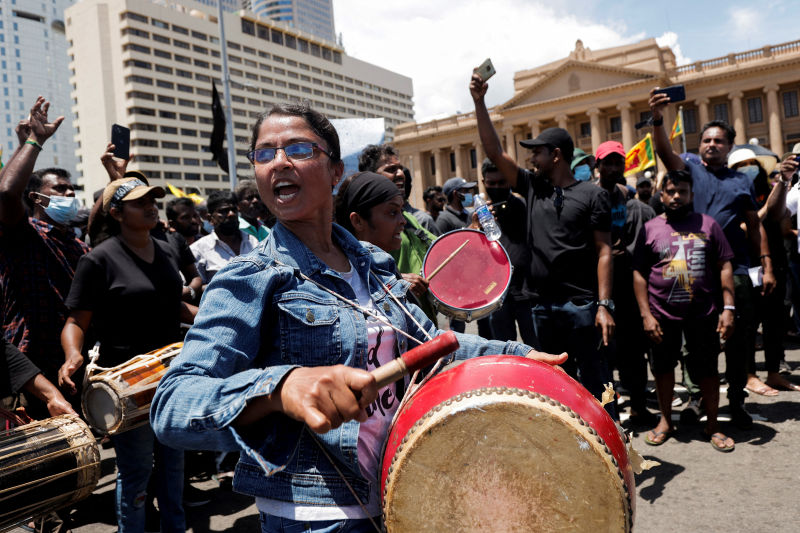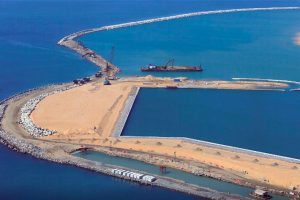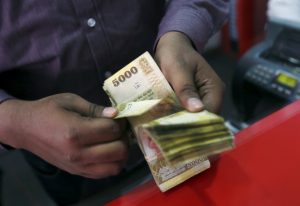Sri Lanka’s streets were calm on Saturday after the government declared a state of emergency following escalating protests over food, fuel and medicine shortages.
Police on Friday fired tear gas at demonstrators outside parliament, in the latest in more than a month of sporadically violent anti-government protests.
Details of the latest emergency regulations were not yet made public, but previous emergency laws have given greater powers to the president to deploy the military, detain people without charge and break up protests.
There were no initial reports of late-night disturbances following the emergency declaration shortly before midnight, while traffic proceeded as normal in Galle Face, a central area of Colombo that has been a major site of protests and marches.
Hit hard by the pandemic, rising oil prices and government tax cuts, Sri Lanka has been left with as little as $50 million in useable foreign reserves, the finance minister said this week.
The country has approached the International Monetary Fund for a bailout.
The IMF will meet with Sri Lankan officials in a virtual meeting beginning on Monday, a statement from Masahiro Nozaki, the fund’s country mission chief said on Saturday.
- Reuters, with additional editing by George Russell























